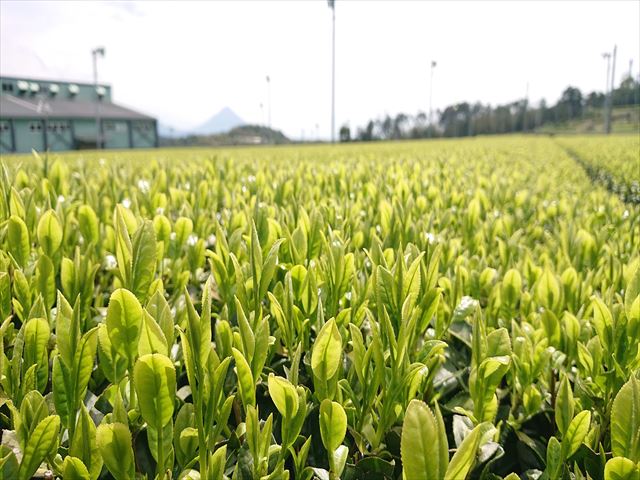Enlarge this imageIn a full-i sue post on Australia that ran in Nationwide Geographic in 1916, aboriginal Australians were referred to as “savages” who “rank cheapest in intelligence of all human beings.” The journal examines its background of racist coverage in its April problem.C.P. Scott (L) and H.E. Gregory (R)/National Geographichide captiontoggle captionC.P. Scott (L) and H.E. Gregory (R)/National GeographicIn a https://www.hornetsedge.com/Dzanan-Musa-Jersey full-i sue post on Australia that ran in National Geographic in 1916, aboriginal Australians ended up known as “savages” who “rank cheapest in intelligence of all human beings.” The journal examines its record of racist protection in its April problem.C.P. Scott (L) and H.E. Gregory (R)/National GeographicIf Countrywide Geographic’s April concern was going to be totally devoted to the topic of race, the journal decided it had much better take a great tricky look at its own heritage. Editor in Main Susan Goldberg asked John Edwin Mason, a profe sor of African background as well as the history of images at the University of Virginia, to dive in to the magazine’s nearly 130-year archive and report again. What Mason observed was an extended tradition of racism inside the magazine’s coverage: in its text, its preference of subjects, as well as in its famed photography. Enlarge this imageThe April challenge of National Geographic is about race.Countrywide Geographichide captiontoggle captionNational GeographicThe April concern of National Geographic is all about race.Countrywide Geographic”[U]ntil the 1970s Nationwide Geographic all but ignored persons of shade who lived in the U.s., not often acknowledging them over and above laborers or domestic workers,” writes Goldberg during the i sue’s editor letter, in which she discu ses Mason’s conclusions. “Meanwhile it pictured ‘natives’ somewhere else as exotics, famously and often unclothed, joyful hunters, noble savagesevery type of clich.” Contrary to magazines which include Everyday living, “National Geographic did little to force its readers over and above the stereotypes ingrained in white American tradition,” Goldberg claims, noting that she is the main female and initially Jewish man or woman to helm the journal “two groups that also once confronted discrimination below.” To evaluate the magazine’s protection historically, Mason delved into outdated troubles and browse a pair of key critical research. He also pored above photographers’ speak to sheets, providing him a look at of not simply the photos that made it into print, but will also the choices that photographers and editors created. He saw numerous problematic themes emerge.”The pictures, such as the article content, failed to just emphasize distinction, but created variation … extremely unique, extremely strange, and put change into a hierarchy,” Mason tells NPR. “And that hierarchy was really very clear: that the West, and particularly the English-speaking planet, https://www.hornetsedge.com/Deandre-Jordan-Jersey was in the leading on the hierarchy. And black and brown men and women were somewhere beneath.” For a great deal of its historical past, the pages of National Geographic depicted the Western planet as dynamic, forward-moving and really rational. In the meantime, Mason suggests, “the black and brown globe was primitive and backwards and customarily unchanging.” A person trope that he seen repeatedly was images exhibiting native men and women apparently fascinated by Westerners’ technological innovation. “It’s not only that cameras and jeeps and airplanes are present,” he suggests. “It’s the men and women of colour seeking at this technologies in amusement or bewilderment.” The implication was that Western audience would obtain humor in such fascination with their day to day items. Then there is certainly how the magazine selected its matter matter. Mason explains that Countrywide Geographic experienced an explicit editorial coverage of “nothing unpleasant,” so audience hardly ever noticed war, famine or civic conflict. He factors to an post on South Africa with the early nineteen sixties that barely mentions the Sharpeville Ma sacre, wherein sixty nine black South Africans have been killed by police. Enlarge this imageSouth African gold miners have been “entranced by thundering drums” during “vigorous tribal dances,” a 1962 challenge described.Kip Ro s/National Geographic Creativehide captiontoggle captionKip Ro s/National Geographic CreativeSouth African gold miners ended up “entranced by thundering drums” throughout “vigorous tribal dances,” a 1962 difficulty described.Kip Ro s/National Geographic Creative”There are not any voices of black South Africans,” Mason informed Goldberg. “That absence is as crucial as what’s in there. The only black people are performing unique dances … servants or workers. It can be bizarre, really, to think about what the editors, writers, and photographers needed to consciously not see.” Then there’s just how gals of color were usually depicted in the journal: tople s. “Teenage boys could generally rely, in the ’50s and ’60s, on National Geographic to indicate them bare-breasted ladies provided that the women experienced brown or black skin,” Mason suggests. “I believe the editors comprehended this was frankly a promoting stage to its male visitors. Some of the bare-breasted younger women of all ages are shot inside of a way that almost resembles glamour pictures.” Mason states the magazine is dealing with its record implicitly for that past two or three many years, but what made this job distinct is always that Goldberg needed to make reckoning expre s “That Countrywide Geographic shouldn’t do a difficulty on race devoid of comprehension its have complicity in shaping understandings of race and racial hierarchy.” Though slave labor was utilized to develop households highlighted inside a 1956 posting, the author contended they “stand for a chapter of the country’s historical past just about every American is very pleased to recall.”Robert F. Si son and Donald McBain/National Geographichide captiontoggle captionRobert F. Si son and Donald McBain/National GeographicFor those of us that have expended long afternoons thumbing previous problems with the journal and dreaming of far-off lands, Mason desires to create obvious that looking at international folks and spots isn’t really a bad point. “We’re all curious and many of us need to see. I am not criticizing the concept of being curious about the planet. It can be just another me sages that are sent–that it really is not simply variation, but inferiority and superiority.” So where does the storied publication go from listed here? 1 superior action might be to invite the varied contributors towards the April problem to be element of your magazine’s regular pool of writers and photographers, Mason indicates. “Still it is really way too often a Westerner who is telling us about Africa or Asia or Latin America,” he states. “There are astonishing photographers from everywhere in the planet that have distinctive visions not just of their very own nation, but who could convey a singular vision to photographing https://www.hornetsedge.com/Caris-Levert-Jersey Cincinnati, Ohio, if it arrived to that.” He notes the magazine’s photographs have so typically captivated, even when they have been stereotypical or skewed. Mason suggests a variety of African photographers have explained to him that it absolutely was publications like National Geographic and Lifetime that turned them onto photography to start with. “They realized that there have been complications while using the way they as well as their folks had been being represented,” he suggests. “And still the pictures was usually spectacularly fantastic, it was actually inviting, and it carried this electric power. And as younger persons, these males and females explained, I need to try this. I want to create images like that.”












